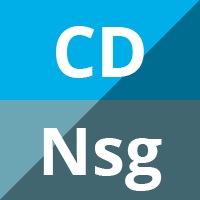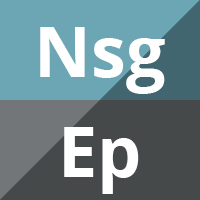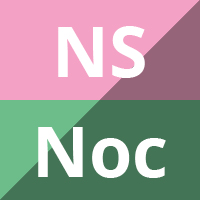
Local versus general anaesthesia for carotid endarterectomy
Abstract Background Carotid endarterectomy may significantly reduce the risk of stroke in people with recently symptomatic, severe carotid artery stenosis. However, there are significant perioperative risks that may be minimised by performing the operation under local rather than general anaesthetics. This is an update of a Cochrane Review first published in 1996, and previously updated […]

Patches of different types for carotid patch angioplasty
Abstract Background Extracranial carotid artery stenosis is the major cause of stroke, which can lead to disability and mortality. Carotid endarterectomy (CEA) with carotid patch angioplasty is the most popular technique for reducing the risk of stroke. Patch material may be made from an autologous vein, bovine pericardium, or synthetic material including polytetrafluoroethylene (PTFE), Dacron, […]

Interventions to reduce body temperature to 35 ⁰C to 37 ⁰C in adults and children with traumatic brain injury
Abstract Background Traumatic brain injury (TBI) is a major cause of death and disability, with an estimated 5.5 million people experiencing severe TBI worldwide every year. Observational clinical studies of people with TBI suggest an association between raised body temperature and unfavourable outcome, although this relationship is inconsistent. Additionally, preclinical models suggest that reducing temperature […]

Carotid endarterectomy for symptomatic carotid stenosis
Abstract Background Stroke is the third leading cause of death and the most common cause of long‐term disability. Severe narrowing (stenosis) of the carotid artery is an important cause of stroke. Surgical treatment (carotid endarterectomy) may reduce the risk of stroke, but carries a risk of operative complications. This is an update of a Cochrane […]

Ventriculo-peritoneal shunting devices for hydrocephalus
Abstract Background Hydrocephalus is a common neurological disorder, caused by a progressive accumulation of cerebrospinal fluid (CSF) within the intracranial space that can lead to increased intracranial pressure, enlargement of the ventricles (ventriculomegaly) and, consequently, to brain damage. Ventriculo‐peritoneal shunt systems are the mainstay therapy for this condition, however there are different types of shunt […]

Antiepileptic drugs as prophylaxis for postcraniotomy seizures
Abstract Background This is an updated version of the Cochrane Review previously published in 2018. The incidence of seizures following supratentorial craniotomy for non‐traumatic pathology has been estimated to be between 15% to 20%; however, the risk of experiencing a seizure appears to vary from 3% to 92% over a five‐year period. Postoperative seizures can […]

Carotid artery stenting versus endarterectomy for treatment of carotid artery stenosis
Abstract Background Carotid artery stenting is an alternative to carotid endarterectomy for the treatment of atherosclerotic carotid artery stenosis. This review updates a previous version first published in 1997 and subsequently updated in 2004, 2007, and 2012. Objectives To assess the benefits and risks of stenting compared with endarterectomy in people with symptomatic or asymptomatic […]

Interval brain imaging for adults with cerebral glioma
Abstract Background Clinical practice guidelines suggest that magnetic resonance imaging (MRI) of the brain should be performed at certain time points or intervals distant from diagnosis (interval or surveillance imaging) of cerebral glioma, to monitor or follow up the disease; it is not known, however, whether these imaging strategies lead to better outcomes among patients […]

Pharmacological interventions for the prevention of acute postoperative pain in adults following brain surgery
Abstract Background Pain following brain surgery can compromise recovery. Several pharmacological interventions have been used to prevent pain after craniotomy; however, there is currently a lack of evidence regarding which interventions are most effective. Objectives The objectives are to assess the effectiveness of pharmacological interventions for prevention of acute postoperative pain in adults undergoing brain […]

Interventions for treating brain arteriovenous malformations in adults
Abstract Background Brain arteriovenous malformations (AVMs) are the single most common cause of intracerebral haemorrhage in young adults. Brain AVMs also cause seizure(s) and focal neurological deficits (in the absence of haemorrhage, migraine or an epileptic seizure); approximately one‐fifth are incidental discoveries. Various interventions are used in an attempt to eradicate brain AVMs: neurosurgical excision, […]

